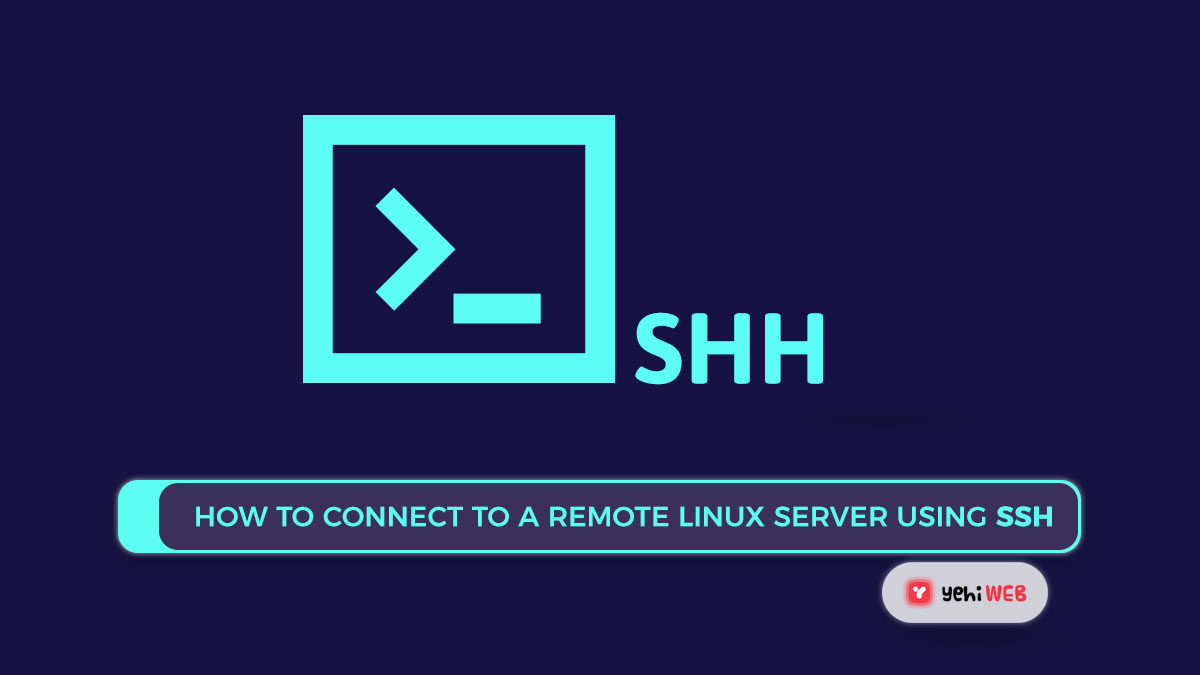What exactly is SSH?
SSH (Secure Shell) is a protocol for connecting to a remote server. It ensures that a link is more secure. These days, SSH is the most common protocol for connecting remote Linux servers, and Unix servers.
Connect Remote Linux Server
To connect to a remote server, the remote server’s SSH server must be running, and you must have an SSH client installed on your device. SSH runs on port 22 by default.
How to establish a Connection using SSH?
For example, the remote Linux server (remote.example.com) is configured to run an SSH server and have network access. Now, from your Linux desktop terminal, run the following command. You can get a remote server shell after successful authentication.
Following ssh clients may be used by Windows client users.
You can also specify the remote username with the SSH command. This will log in to the remote server as the designated user with the specified privileges.
If you are using a non-standard port for your SSH server. You may also define it with the -p option during SSH to a remote server. On port 2222, for example, a remote ssh server is listening.
If an SSH key has been provided by your remote server. You have a mykey.pem file, for example. The -i option of the ssh command allows you to define an ssh key. Make sure the main file is only accessible to the current user. You may, for example, set permission to 400 or 600.
What exactly is Key-Based SSH?
Key-based ssh allows you to connect to a remote system without entering a password. You can use the remote server shell by typing ssh remote.example.com. This is useful for ssh process automation. You can also be helpful to the often used login servers.
You can allow encryption on your ssh server by using key-based ssh. Simply disable password-based login. The remote server will now support key-based access.
It is possible that you have a lot of remote servers and are having trouble managing SSH hosts and passwords. The following guide will assist you with using these keys.
READ MORE
What is an Inode Number in Linux?
Saad Shafqat
Related posts
New Articles
What is the difference between FMWhatsApp and GBWhatsApp?
In the world of messaging apps, WhatsApp reigns supreme as one of the most popular platforms for connecting with friends…


